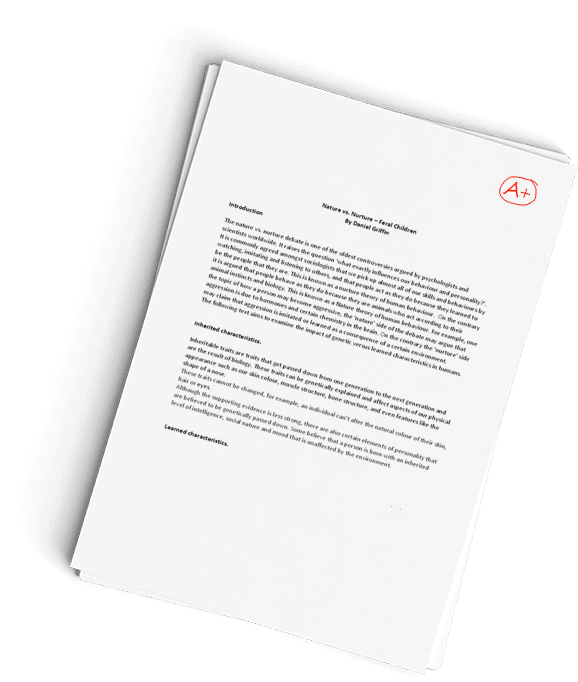I also provided an example on how it supposed to be please
Question Description
I’m working on a Health & Medical discussion question and need an explanation to help me study.
We can use simple strategies to discover about the health of our communities. First watch this great TED talk on Cholera in London. It is surprisingly entertaining for such a serious subject.
(Links to an external site.)http://www.ted.com/talks/steven_johnson_tours_the_ghost_map
Then watch this. This speaker mapped twitter comments by subject and overlapped it on city maps. Its not exactly health mapping, but it is behavioral information. You can see where in the city are people tweeting about what topics. It maps/tracks areas and topics
A big part of studying health is to be able to look at patterns. We need to describe the pattern and what may contribute to it before we design an intervention. We also need to look at one factor at a time because too many variables confuses the outcome.
Describe a way to track a factor (contributor) to discover a patterns/relationships of a problem-a disease, contamination or behavior. The contributor could be the environment, a behavior, a belief or even a community factor. Do not describe someone else’s study or a historical problem, think of your own.
For example, you could pick smog (environment) and asthma rates of admission.
Problem: asthma Contributor: smog Map: air quality with asthma hospital admissions
For a community factor, I recall studying mapping the lack of grocery stores in poor neighborhoods contributing to health outcomes due to lack of access to vegetables.
Problem: obesity in lower socio-economic groups Contributor: lack of fresh fruit/veggies Map: grocery vs convenience stores in areas with high and low home values
You can even pick something positive!
Problem suicide rate Contributor community support Map number of worship houses in an area and compare it to the suicide rate.
Don’t think too hard! Use those reasons you are taking a class in public health and pick something that interests you! EVERY reply should have ONE problem with background or a reference, ONE contributing factor and ONE way to map it. Please don’t do a huge overview of the problem.DO NOT just review someone else’s study. Find a problem YOU find interesting. Find something YOU think might be a factor that contributes to it. Then link it up. Intervention strategies are optional. Need more ideas?? Map Examples Chart
Refer to the grading rubric!!!! Grading Rubric for Discussions.docx
Have a similar assignment? "Place an order for your assignment and have exceptional work written by our team of experts, guaranteeing you A results."









